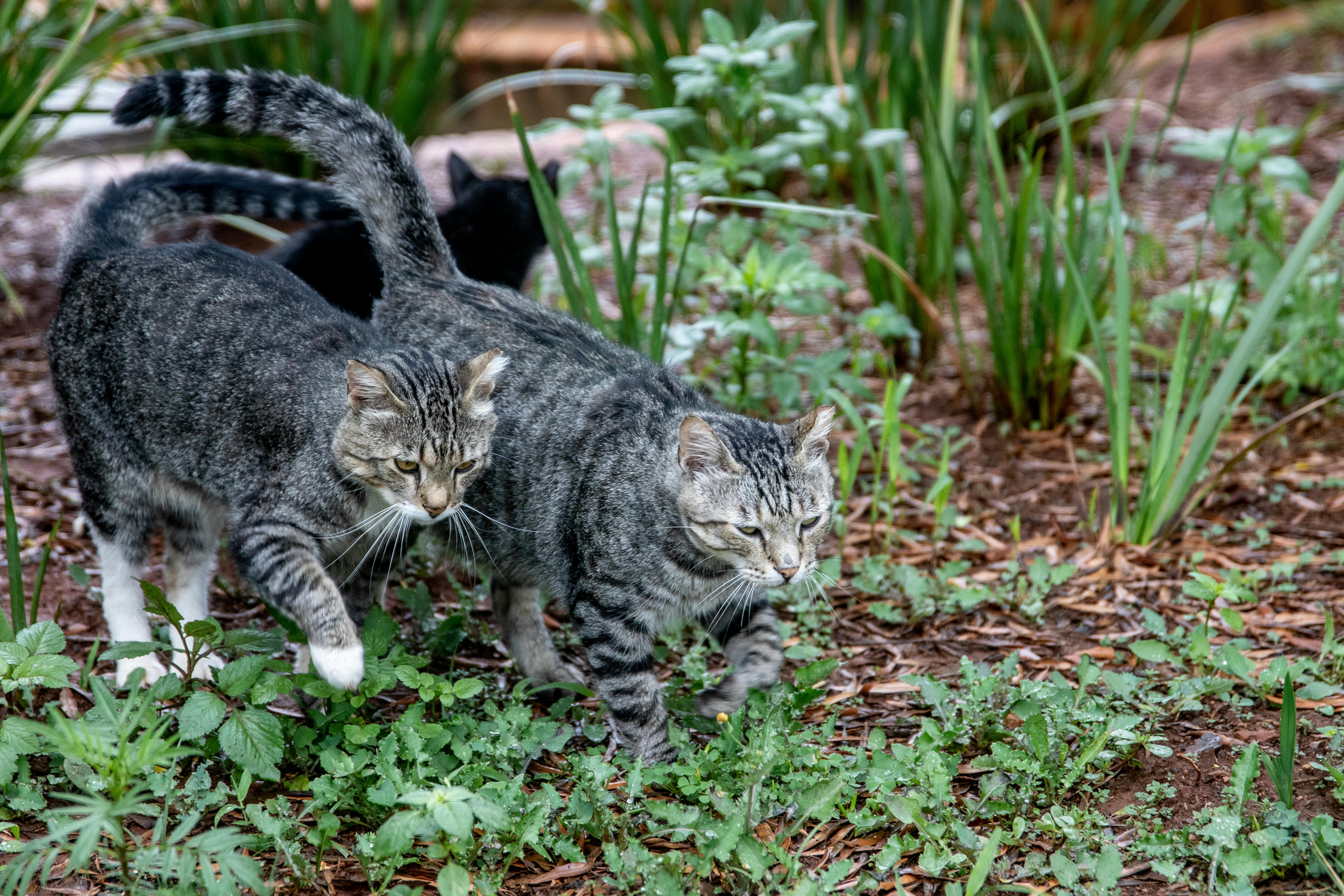Today’s new falconers have a huge variety of species to choose from. But selecting your first bird of prey isn’t as simple as deciding which dog or cat you’d like to have. As with most purchases of an exotic species, there is a lot to consider and you can make your life and more importantly the life of your birds much easier if you start off on the right foot.
Choose a beginner bird and stay away from those birds that are generally smaller in stature. The smaller the bird, the more difficulty the new falconer will have in trying to get a proper flying weight for the bird. Bird metabolism is also something to consider, as some species can be very difficult for the inexperienced falconer to handle. Noticing if a bird is not developing properly or is starting to get sick is something that a very experienced falconer should naturally detect. In smaller birds, a slight variation in weight can be a warning sign that a new falconer may not notice or fully appreciate the possible consequences.
So which birds should you aim for as your first target? Well, here is the favorite of modern falconers;
harris hawk (Parabutheus Unicinctus)
Definitely one of the most common birds used in falconry today, this beautifully colored falcon is extremely social, gets to the gauntlet with ease, has a very good temperament, and is fairly easy to train. Harris Hawks exhibit sexual dimorphism where the male is about 40% smaller than the female. Therefore, due consideration should be given when selecting gear, as the sizes of anklets, hoods, swivels, and other items will vary depending on the sex of the bird chosen.
Harris’s hawks are great hunters of smaller prey such as birds, lizards, small mammals, and large insects. They are native to Chile, Argentina, and the southwestern regions of the US. Living in a predominantly semi-desert climate, Harris’s hawks are also regularly seen hunting in groups of 5 or 6 birds at a time (and sometimes as many as 14) , which allows them to capture much larger prey. Therefore, having a male and a female can be very exciting when hunting, as the falconer can experience how the birds work together against their chosen prey.
It really is a perfect all-rounder and a great bird to start with. Expect to pay up to £500 for a bird – its popularity has not gone unnoticed amongst breeders!
Also known as the bay winged hawk, it has a few predators of its own, namely the coyote and the great horned owl. The threat of the Coyote means that this bird does not usually get along with dogs. Also, if your Harris sees a great horned owl, watch out because all hell could break loose! These owls hunt hawks at night, while Harris tends to have the upper hand in daylight when the “sky wolves” (as they are sometimes called) will attack the great horned owl together as a pack.
The red tailed vulture (Buteo Jamaicanis)
The name of this bird has probably puzzled some people to begin with. Known throughout the falconry world as a red-tailed hawk, it is actually a buzzard. Here are the basic facts;
length 43-65cm
wingspan 120-150cm
Weight 1-2kg
Native to the central US and northern states, it is also found as far south as the West Indies, from which its name Buteo Jamaicenis derives. Feeding on small mammals, birds, and reptiles, Red Tails in more northern states will tend to fly south in the winter.
The red-tailed hawk is a popular choice for falconers. At 65cm the bird is a decent size and a well trained bird shows great courage and enthusiasm when hunting prey. As with most birds of prey, Red-tails must fly regularly to develop and maintain the high fitness levels necessary for effective hunting. These “falcons” tend to live 6-8 years in captivity and can be aggressive, especially those that have been highly trained. Nevertheless, a great first bird, especially for those falconers keen to hunt regularly with their bird.
It will pay up to £450 for a woman, less for a man. However, this is money very well spent!
Whichever bird you decide to start with, don’t underestimate the amount of time, care and application that the new falconer requires in this sport. If you can’t spend enough time or resources to keep a bird of prey, don’t be tempted. Too many of these beautiful animals are lost or released into the wild, left alone, or mistreated. Understand the level of commitment required before you begin and make your decisions wisely. If you have never flown a bird before, I recommend you invest in a beginner course. You will certainly know by the end of the course if the sport is for you, and you will have learned a great deal first-hand from an experienced falconer.
Happy hunting.
